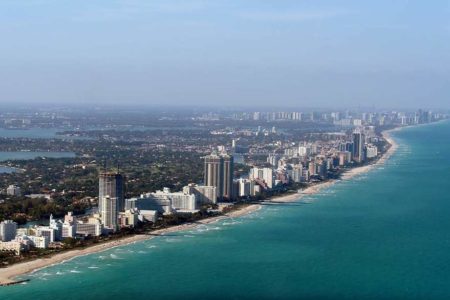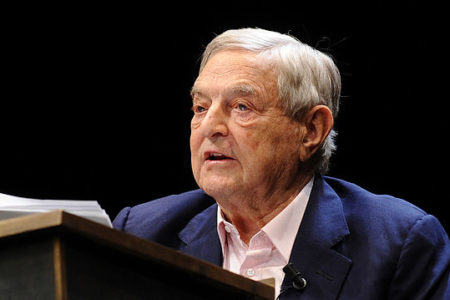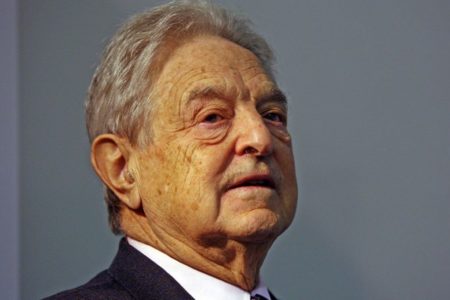
Image source: kremlin.ru
China’s Belt and Road Initiative (BRI) – a term coined in 2013 by Chinese President Xi Jinping to evoke the ancient Silk Road trade routes connecting China with lands to its west – should be cause for great concern in the West. Although it is described by the European Bank for Reconstruction and Development (EBRD) as “a long-term project which, for years to come, will give China a key role in guiding and supporting cultural, economic, political, and trade developments around the world,” it is actually part of China’s increasingly apparent plan for regional and global hegemony.
The BRI, which “encompasses nearly 70 countries,” seemingly aims to counter American influence by achieving dominance – not merely in the realm of trade and culture, but in strategic and military matters, as well — in South and Central Asia, the Middle East and Africa. China’s hegemonic objectives are likely what has led Beijing not only to set its sights on countries such as Iran, Qatar and Turkey, but on Syria, which “controlled overland access to both Europe and Africa in ancient Silk Road times when, after the desert crossing via Palmyra, goods reached the Mediterranean on their way to Rome.” More recently, Syria also produced significant amounts of crude oil during peacetime.
As a result, China appears to be vying for the opportunity to play a key role in the reconstruction of Syria, which has been devastated by the bloody civil war that has been raging there for more than seven years. With much of the West making any funds it provides for the rebuilding of the war-torn country conditional on “a transition away from [Syrian President] Assad” – and with Assad making it clear that “his country would need foreign aid to help with the rebuild but that western companies were not welcome” – Beijing would, it seems, like to fill the vacuum. Offering both humanitarian aid and investments for reconstruction would be the perfect way for China to promote the BRI in Syria.
China’s plans may involve investing in a railway from the port city of Tripoli in Lebanon to the Lebanon-Syria border, which “would provide China with a means to transport materials from Tripoli into Syria, where Beijing could not only take advantage of the politically contentious issue of reconstruction in the country, but also set itself up long-term as a regional power.” Without such a railway, the only other plausibly efficient entry points for Chinese goods into Syria are the Mediterranean ports of Latakia and Tartus. According to Lebanon’s Daily Star:
“Syria has two major Mediterranean ports in Latakia and Tartous, but both present issues to Beijing. First, neither is deep enough to take large container ships. Second, Syria’s powerful ally Russia has a major military presence in both, with an air base in Latakia and a naval base in Tartous.”
In addition, China reportedly intends to build a railway through Iran and Turkey into Syria. Meanwhile in Greece, a Chinese state-owned company, Cosco, “purchased a controlling stake in the port of Piraeus, near Athens.” Piraeus is the biggest and busiest port in Greece and the busiest container port in the Eastern Mediterranean.
Equally significant is that in July 2017, Chinese warships conducted live-fire drills in the Mediterranean, while on their way to take part in joint naval exercises with Russia, off the coast of St. Petersburg and Kaliningrad. The growing military cooperation between Beijing and Moscow could pose an even greater threat now that China is moving to gain a foothold in Syria through the BRI.
If China were to invest large amounts of money into the reconstruction of Syria, which has long been a hub for terrorist groups, Chinese funds could easily fall into the hands both of corrupt members of the Assad regime and of Hezbollah, the regime’s main supporting terrorist organization (also backed by Iran), as well as Hamas, which used to maintain an external headquarters in Syria. Chinese reconstruction funds could also be diverted to purchasing nuclear weapons technology from Iran and North Korea.
According to an analysis by the Center for Strategic and International Studies, “China’s expanding maritime strategy and increasing assertiveness in land reclamation and territorial claims have been a key driver of a strengthening alignment,” among members of the Quadrilateral Security Dialogue between India, Japan, Australia and the US, which was established in 2007-2008. And well it should.
Contrary to President Xi’s claim, the Belt and Road Initiative is not a benign project for world “peace and cooperation, openness and inclusiveness, mutual learning and mutual benefit.” It is a dangerous path towards what clearly seems China’s wish for global domination.






Recent Comments